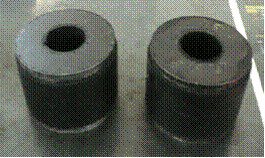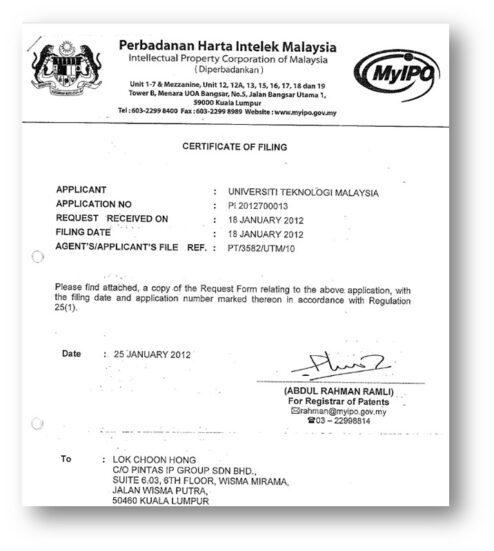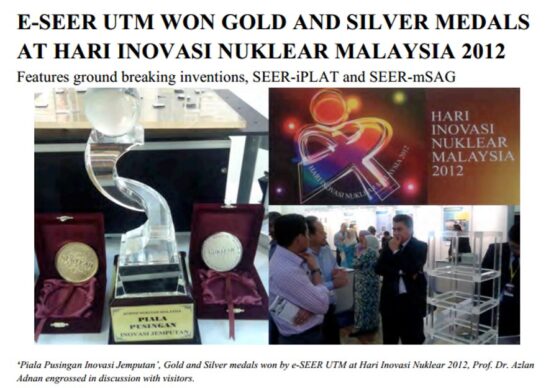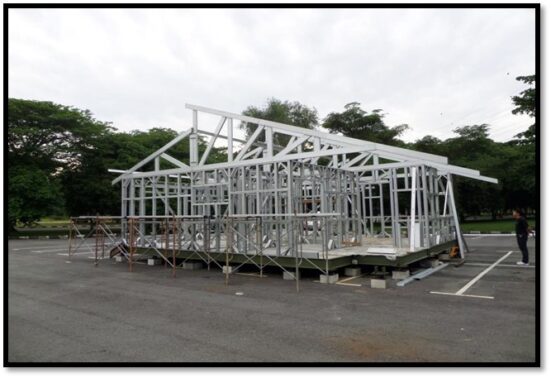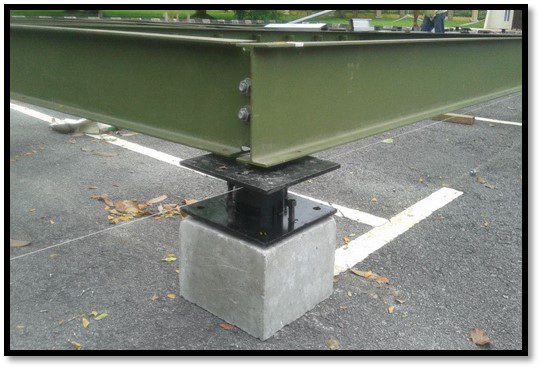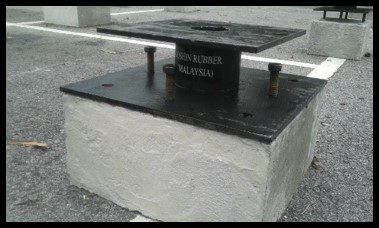On 6 February 2023, an earthquake struck southern and central Turkey and northern and western Syria. The epicenter was 37 km (23 mi) west–northwest of Gaziantep. It was followed by a second earthquake centered 95 km (59 mi) north-northeast from the first. There was widespread damage and tens of thousands of fatalities. This earthquake is the largest in Turkey since the 1939 Erzincan earthquake of the same magnitude and jointly the second-strongest recorded in the country’s history after the 1668 North Anatolia earthquake. It is also one of the strongest earthquakes ever recorded in the Levant.
There was widespread damage in an area of about 350,000 km2 (140,000 sq mi) (about the size of Germany), affecting an estimated 14 million people or 16 per cent of Turkey’s population. Development experts from the United Nations estimated that about 1.5 million people were left homeless.
As of 20 March 2023, more than 57,300 deaths were confirmed, more than 50,000 in Turkey and more than 7,200 in Syria. It is the deadliest earthquake in present-day Turkey since the 526 Antioch earthquake, making it the deadliest natural disaster in modern history.
It is also the deadliest in present-day Syria since the 1822 Aleppo earthquake, the deadliest worldwide since the 2010 Haiti earthquake and the fifth-deadliest of the 21st century.
Damages were estimated to be US$104 billion in Turkey and US$5.1 billion in Syria, making them the fourth-costliest earthquakes.
Damaged roads, winter storms, and disruption to communications hampered the Disaster and Emergency Management Presidency’s rescue and relief effort, which included a 60,000-strong search-and-rescue force,5,000 health workers and 30,000 volunteers.
Following Turkey’s call for international help, more than 141,000 people from 94 countries joined the rescue effort.
The Invention
Developed by Prof. Ir. Dr Azlan Adnan and Ts. Dr Mohd Zamri Ismail of the Faculty of Civil Engineering Universiti Teknologi Malaysia (UTM), the Circular Hollow Elastomeric Rubber Base Isolator (SEER-ISOLATOR) is a type of base isolator consists of rubber and steel layers working together as a composite material to withstand vertical loads from the self-weight of a building above it and horizontal loads from the earthquake.
In an interview session with the Office of Corporate Affairs, Prof. Azlan mentioned that a rubber base isolator is a vibration isolation device used to protect buildings and other structures from the effects of ground vibrations, such as earthquakes or machine-induced vibrations.
The device is made of rubber or other elastomeric materials designed to absorb and dissipate energy from ground vibrations. Rubber base isolators work by reducing the transfer of ground vibrations from the foundation of a structure to the building itself.
These isolators are typically installed between the foundation of the structure and its base, and they act as a buffer that reduces the transfer of vibration energy from the ground into the building. By reducing the amount of energy transferred to the building, rubber base isolators can help protect the structure and its occupants from the damaging effects of ground vibrations.
Rubber base isolators are commonly used in areas prone to earthquakes, but they can also be used to protect structures from other types of vibrations, such as those caused by heavy machinery or traffic.
Due to its unique circular hollow shape, the SEER-ISOLATOR produces a very high vertical stiffness but is still flexible in horizontal translational direction.
The Characteristics
The SEER-ISOLATOR base isolator can take larger vertical loads than the commercially available conventional base isolator with no hole because the product can now be used for taller buildings which was possible before.
Even with a hole in the middle of it, the product maintains its required horizontal stiffness, flexibility and stability to act as an isolator to the structure from the ground movement due to earthquakes.
The amount of rubber and steel materials used has been reduced, thus significantly reducing the production cost of this product.
In conclusion, the SEER-ISOLATOR is simple in design, inexpensive to manufacture and easy to install and effective in isolating the superstructure from the earthquake ground motions compared to other isolators.
The Awards
The SEER-ISOLATOR has won various awards through several competitions, namely PECIPTA 2009 (Silver Medal), EINIX 2012 (Merit Awards) and Malaysia Nuclear Expo 2012 (Gold Medal and Best Invention Award).
